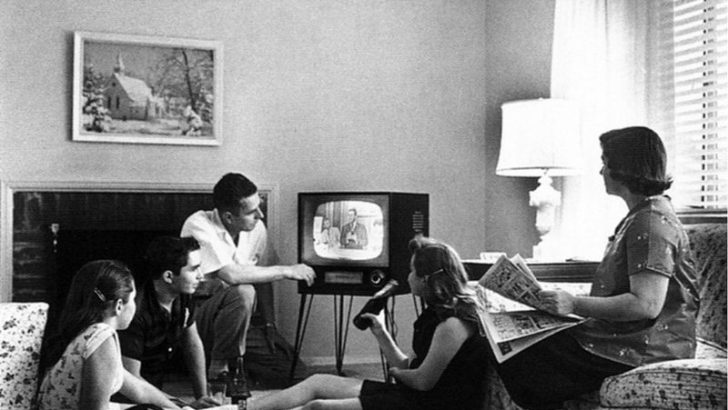The 1960s was an era marked by cultural revolutions and social shifts, but amidst the changing tides, certain house rules were universally understood and respected. These guidelines not only shaped the social fabric of the household but also reflected the values and priorities of the time. From dining etiquette to daily routines, these rules offer a glimpse into a bygone era where formality and tradition held sway.
1. Dinner Time Punctuality
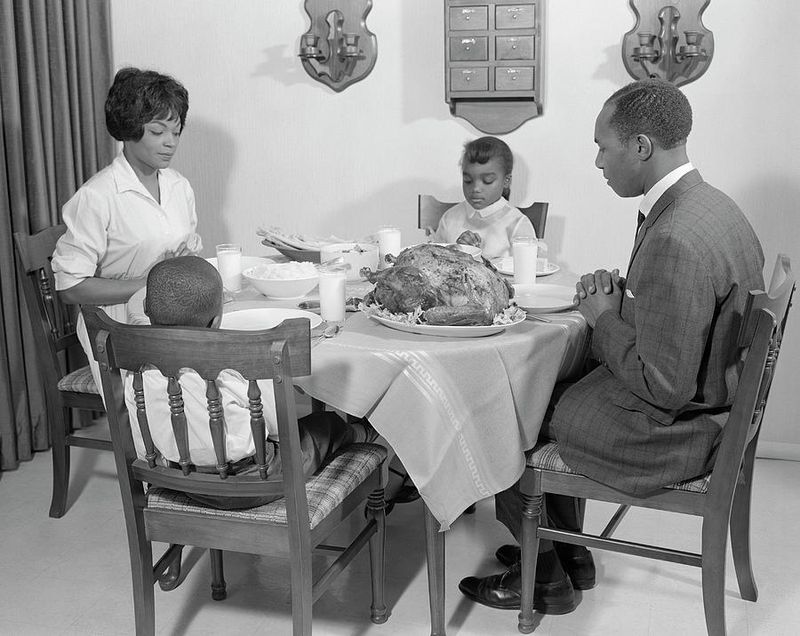
In the 1960s, dinner time was a sacred family ritual. Promptness was expected, and being late was considered disrespectful. Families gathered around the table, sharing stories of the day, fostering a sense of unity. Meals were a time for bonding, not just eating. There was an unspoken rule that discussions remained light-hearted, avoiding contentious topics. This was a moment to unwind and connect, not debate. The table was set with care, reflecting the importance of the occasion. Each meal was an event in its own right, a cornerstone of family life.
2. Respect for Elders
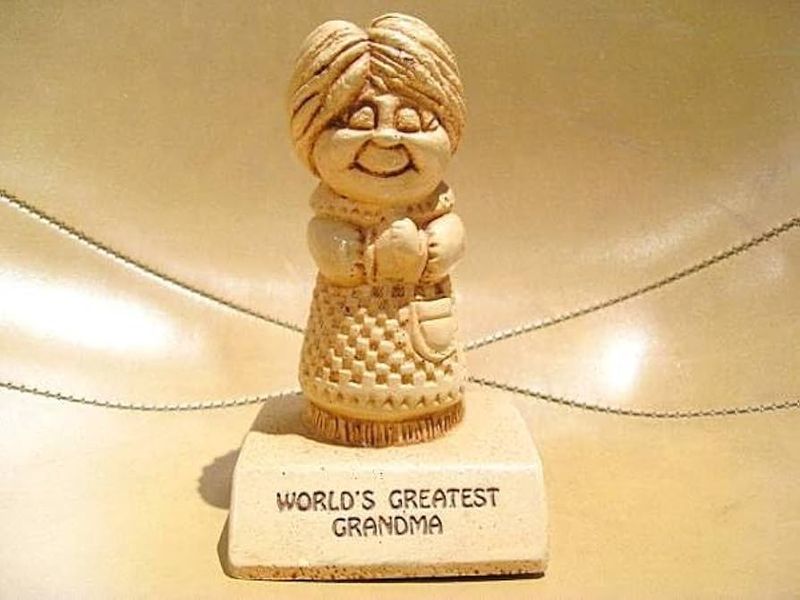
Respecting elders was a cornerstone of societal values in the ’60s. Children were taught to address adults with appropriate titles and show deference in conversations. This respect extended beyond family, reaching into community interactions. Elders were seen as wise guides, their experiences valued. Offering a seat or carrying bags for an older person was customary. These acts were not just manners but a reflection of deep-rooted respect. Such gestures fostered intergenerational bonds, ensuring that wisdom and traditions were passed down seamlessly.
3. Mind Your Manners
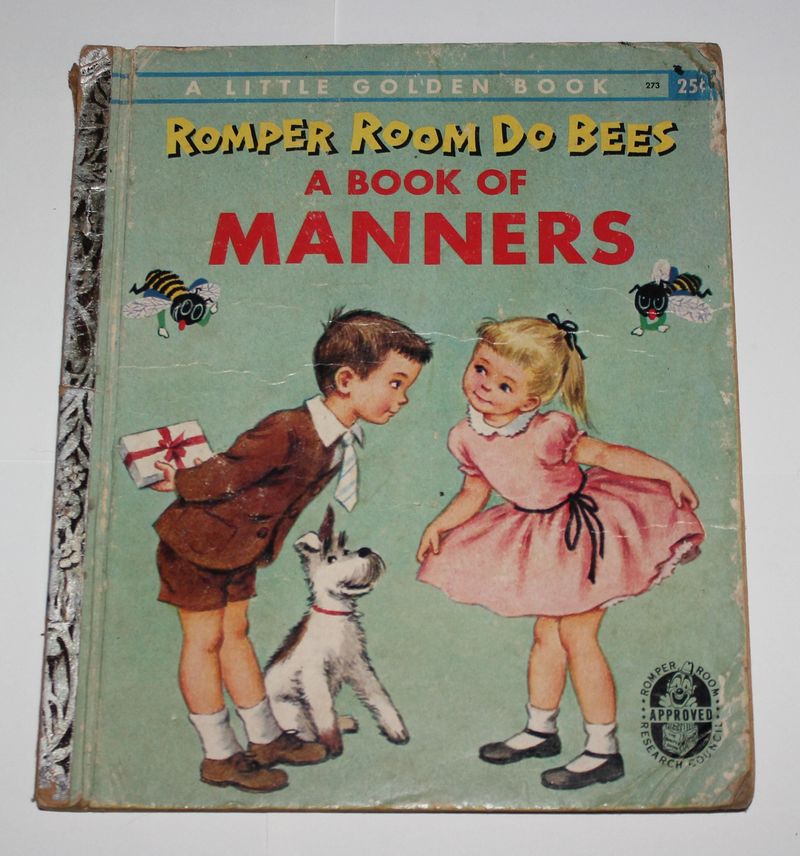
Politeness was non-negotiable in the 1960s. Children learned to say ‘please’ and ‘thank you’ from a young age. Greeting visitors with a smile and maintaining eye contact were essential. These simple acts were reflections of one’s upbringing. In a world less connected by technology, face-to-face interactions were vital. Manners were the currency of social interaction, setting the tone for future relationships. Parents took pride in their children’s behavior, viewing it as a reflection of their own values. Proper etiquette was a badge of honor.
4. Dress Code Discipline
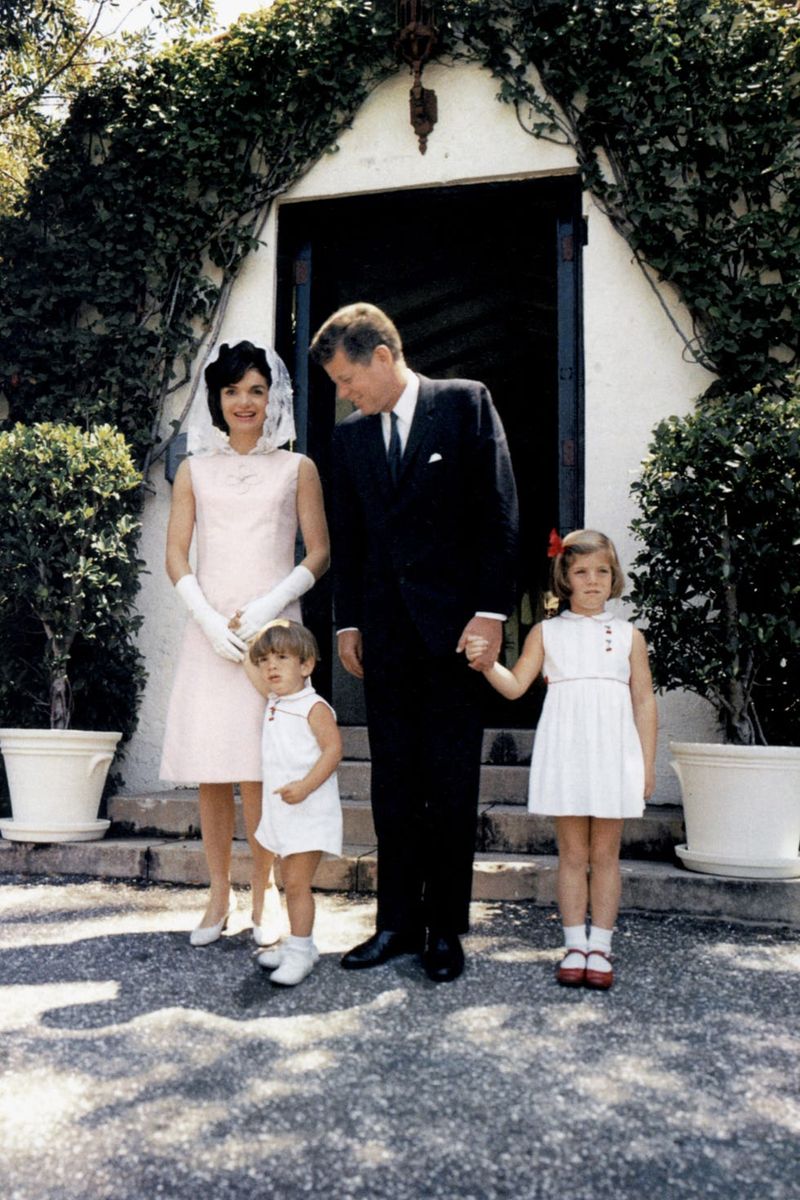
Dress codes in the 1960s were strict and clear-cut. Casual attire was reserved for leisure, while formal occasions demanded proper dressing. Clothes were meticulously chosen, reflecting the event’s significance and one’s respect for the host. Parents ensured children understood these sartorial norms, as appearance spoke volumes about character. Even everyday outings merited clean and pressed clothes. This attention to attire instilled pride and discipline, emphasizing that how one presented themselves mattered. The fashion of the ’60s may have evolved, but its principles of dressing remain timeless.
5. Chores as a Family Affair
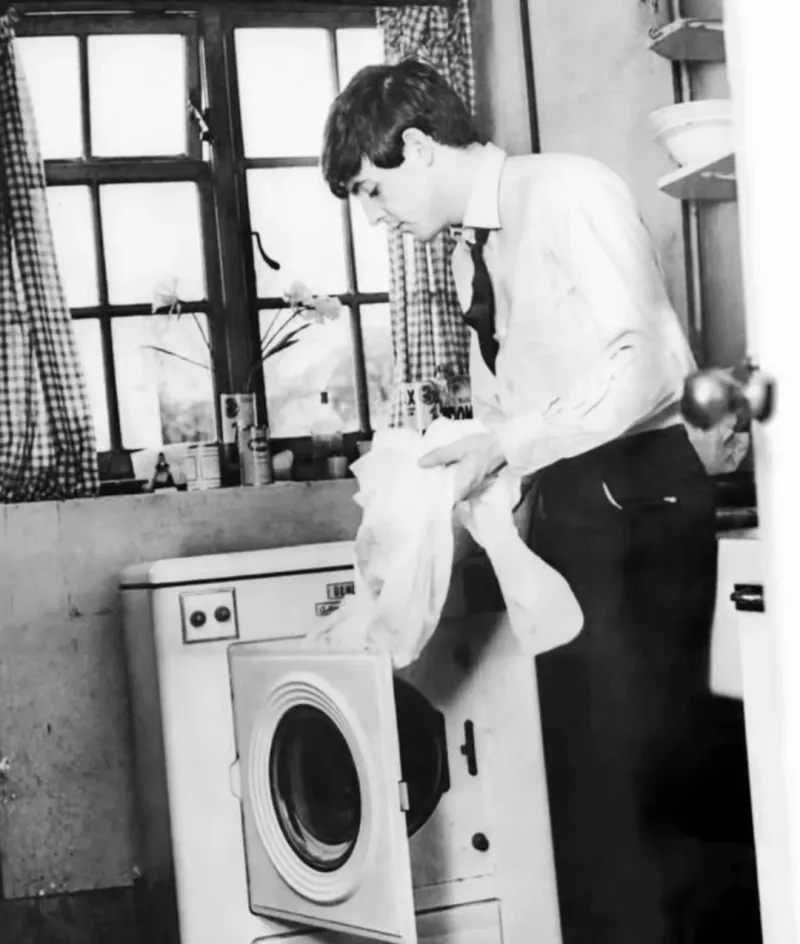
Household chores in the ’60s were a family affair, fostering teamwork and responsibility. Each member had specific tasks, teaching discipline and time management. Whether mowing the lawn or washing dishes, chores were non-negotiable. This collective effort strengthened family bonds, with everyone contributing to the household’s upkeep. It was also a learning experience, imparting practical skills. Parents used this time to instill values of cooperation and diligence. The pride in a tidy home was shared, making chores a meaningful part of daily life.
6. Curfews and Limits
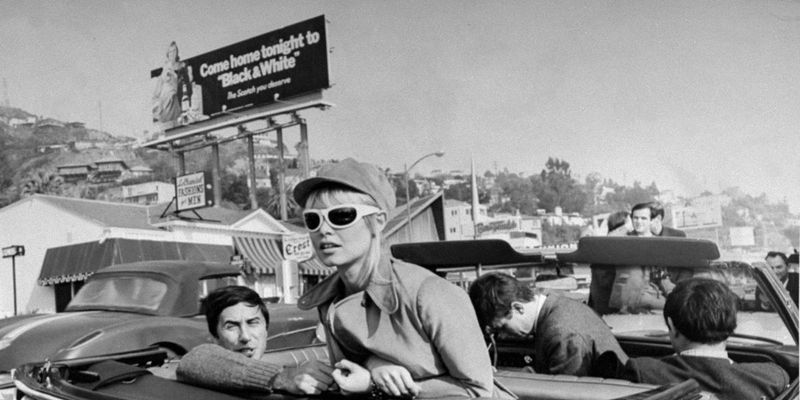
Curfews were a rite of passage for teens in the 1960s. These limits were set with care, balancing freedom with safety. Parents established clear boundaries to ensure their children’s well-being. Adhering to curfews was a sign of maturity and responsibility. While some teens chafed at these restrictions, they understood the protective intent. Returning home on time was a gesture of respect towards worried parents. This rule taught time management and accountability, lessons that extended beyond adolescence.
7. Phone Call Etiquette
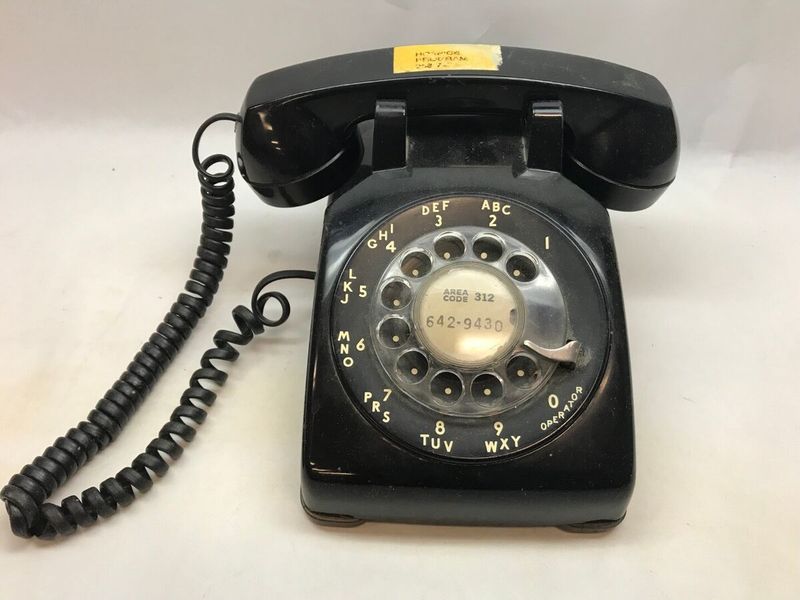
In the ’60s, phone calls were a formal affair, demanding etiquette and brevity. Calls were often made from a communal phone, requiring privacy and respect. Speaking clearly and maintaining politeness were expected. Long conversations were discouraged to keep lines open. This etiquette extended to answering calls, where a polite greeting was standard. These rules reflected the phone’s role as a crucial communication tool, not a casual conversation starter. Observing phone manners exhibited respect for both the caller and those around them.
8. No Elbows on the Table
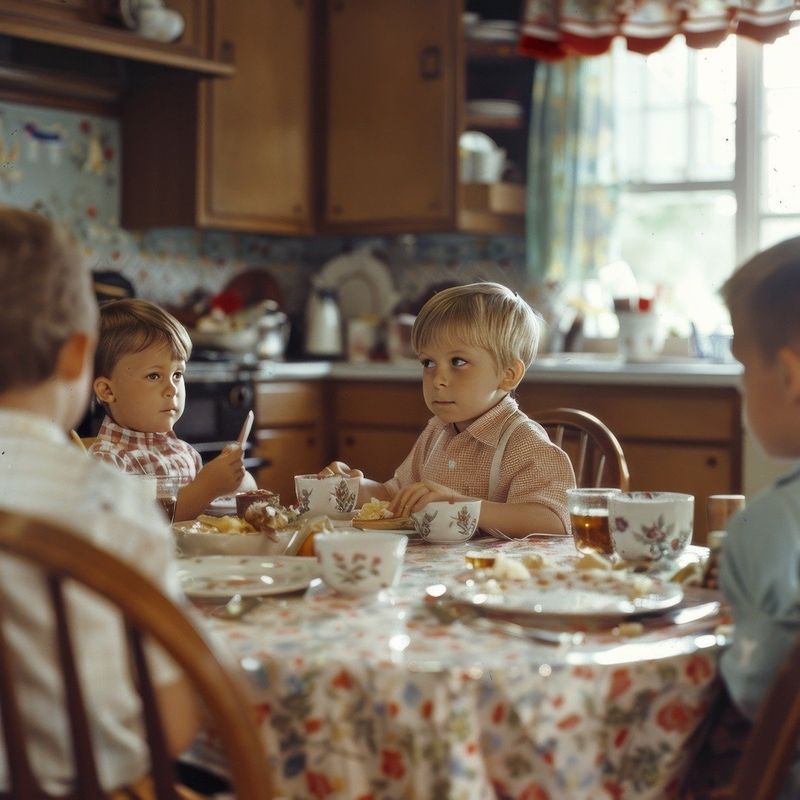
Dining etiquette was paramount in the 1960s, with ‘no elbows on the table’ as a cardinal rule. This rule symbolized respect for shared meals and others at the table. Maintaining proper posture was seen as a sign of good upbringing. Mealtime was about more than eating; it was about sharing and engaging with family. Parents taught these rules early, ensuring children understood dining was an occasion. Such etiquette instilled a sense of discipline and respect, values that transcended the dining room.
9. Limit Screen Time
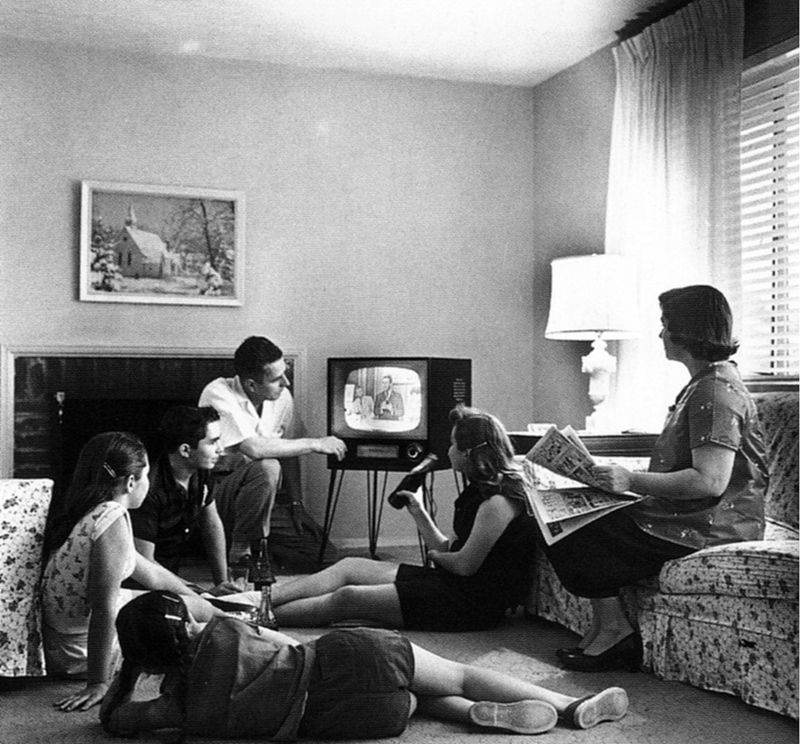
Though TV was a new staple, screen time was limited in the 1960s. Families gathered for select shows, making TV viewing a shared activity. This rule encouraged balance in daily routines, ensuring children spent time outdoors or on homework. Parents controlled TV schedules, promoting discipline and prioritizing learning. This era’s screen time limitations reflected an understanding of moderation, aiming to cultivate well-rounded individuals. Watching TV was a privilege, not a right, reinforcing the importance of family time and personal development.
10. Respecting Neighbors
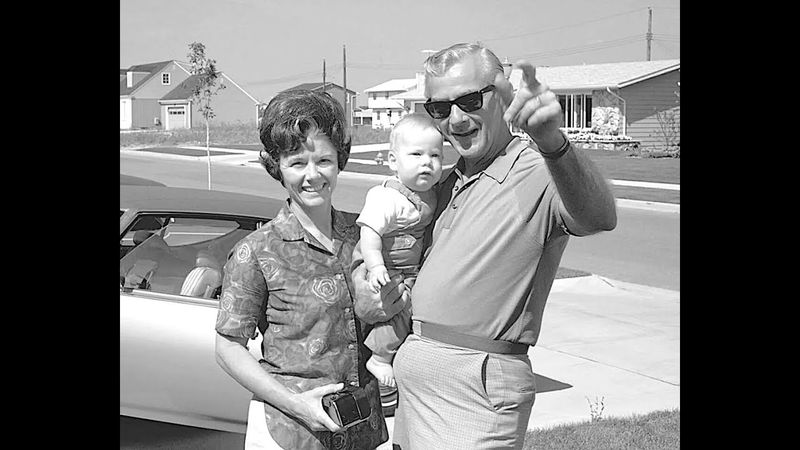
Neighborhood relations were vital in the ’60s, with respect as the cornerstone. Children played outdoors, mindful of noise and boundaries. Borrowing items or seeking help was common, fostering a sense of community. Adults exchanged pleasantries, maintaining cordial relations. This respect for neighbors ensured a harmonious environment, where cooperation and goodwill thrived. Parents taught children to be considerate, recognizing the importance of living in harmony. These interactions built trust, creating a supportive network that was both comforting and dependable.
11. Visits Require Invitations
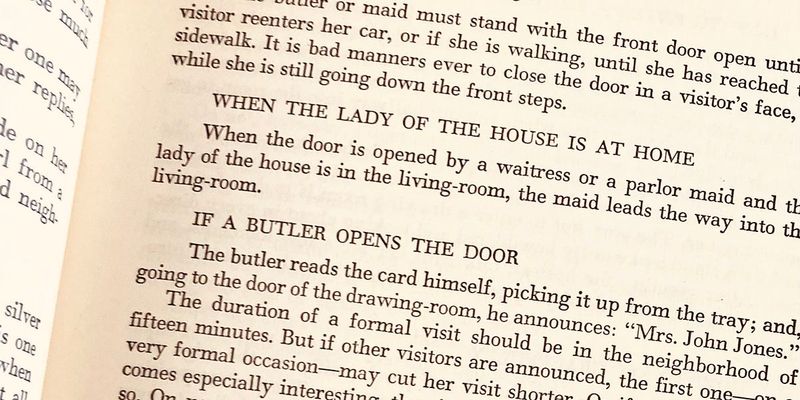
In the 1960s, social visits were often pre-planned, with invitations ensuring preparedness. Unannounced visits were rare and considered intrusive. Hosts prepared diligently, reflecting the importance of hospitality. This rule underscored respect for others’ time and space. Guests dressed appropriately, acknowledging the effort involved in their welcome. Such planning made gatherings special, with every detail attended to. This tradition of planned visits strengthened social bonds, making each meeting a memorable occasion. The etiquette of invitations reflected a deep-seated respect for the art of hosting.
12. Sunday Family Day
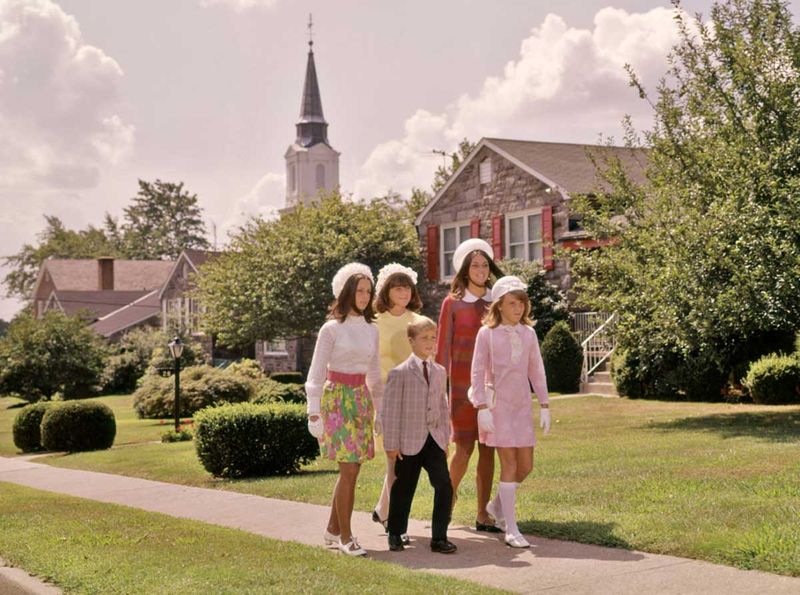
Sundays in the 1960s were reserved for family, a tradition deeply cherished. Families spent the day together, engaging in outings or relaxing at home. This was a time to unwind from the week’s stresses and reconnect. Activities varied, from picnics to attending church, fostering unity. Parents emphasized family values, teaching children the importance of togetherness. Such traditions created lasting memories and strengthened familial ties. Sunday family day was more than a routine; it was a celebration of love and connection, a cornerstone of family life.
13. Polish Your Shoes
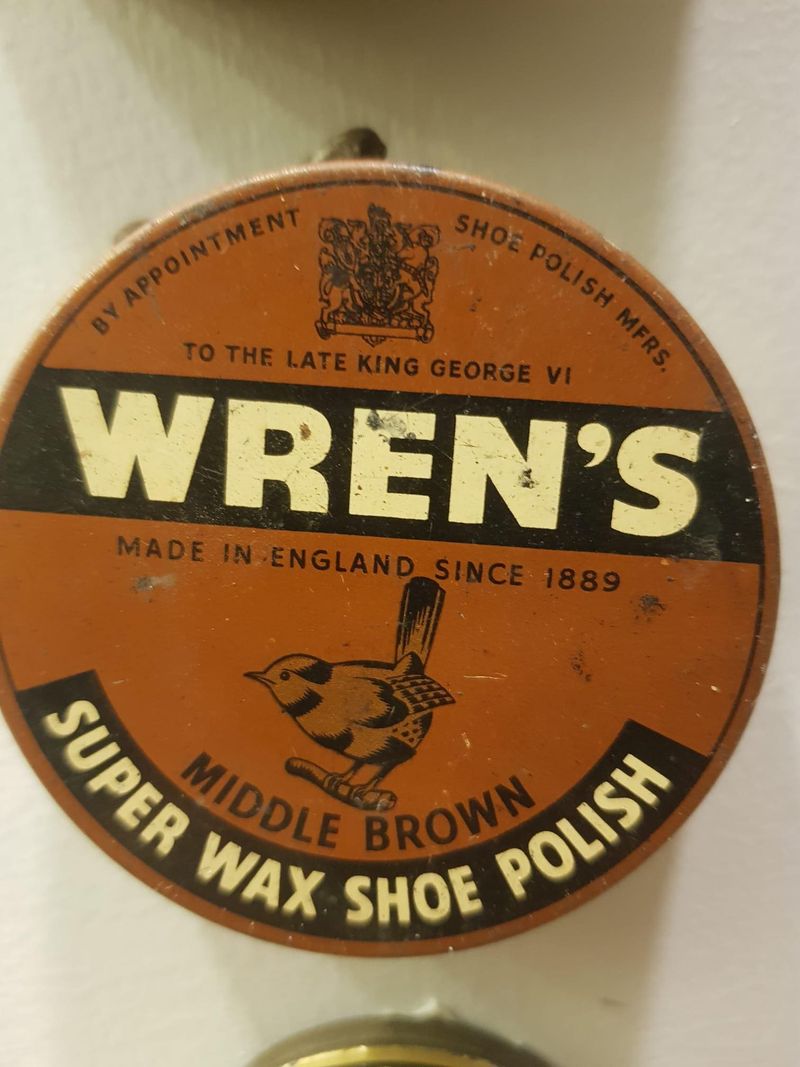
Shoe care was taken seriously in the 1960s. Polishing shoes was a routine task, ensuring footwear was presentable and polished. This practice instilled pride in appearance and attention to detail. Parents taught children how to care for their shoes, emphasizing responsibility. Well-kept shoes reflected one’s character and respect for self-presentation. This discipline extended to all aspects of attire, highlighting the importance of looking one’s best. Shoe polishing was more than maintenance; it was a lesson in taking pride in oneself.

